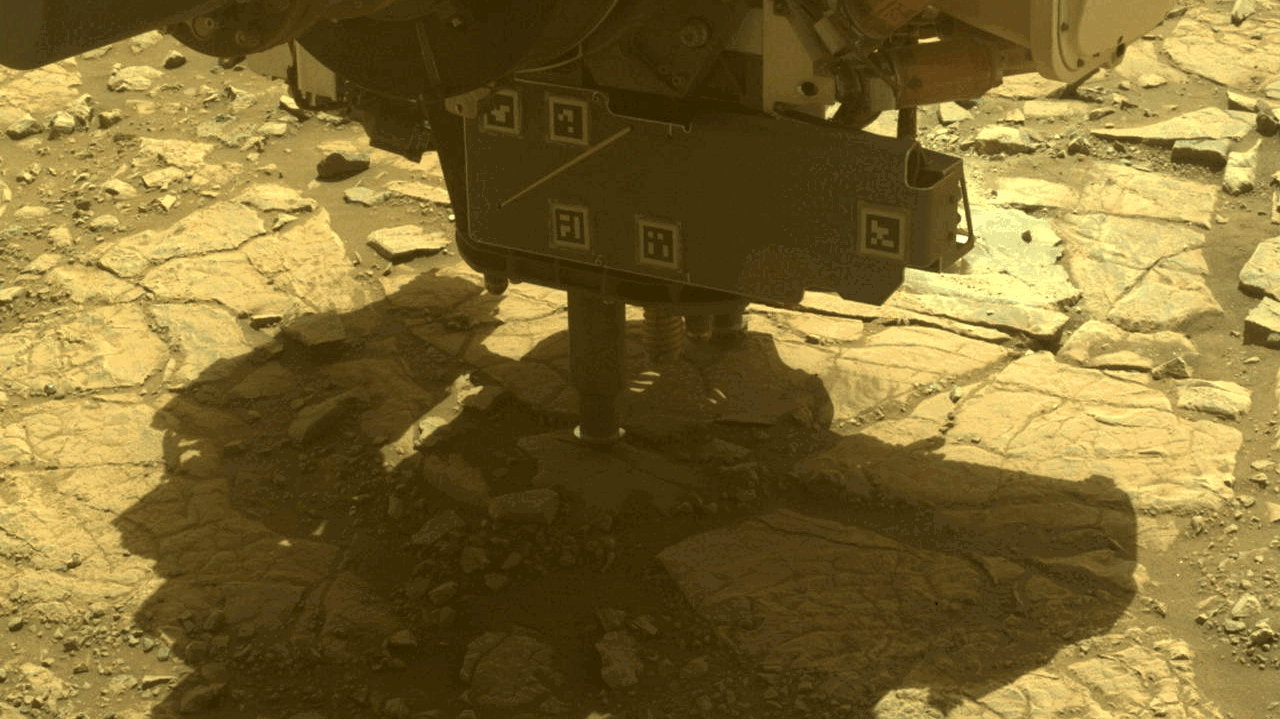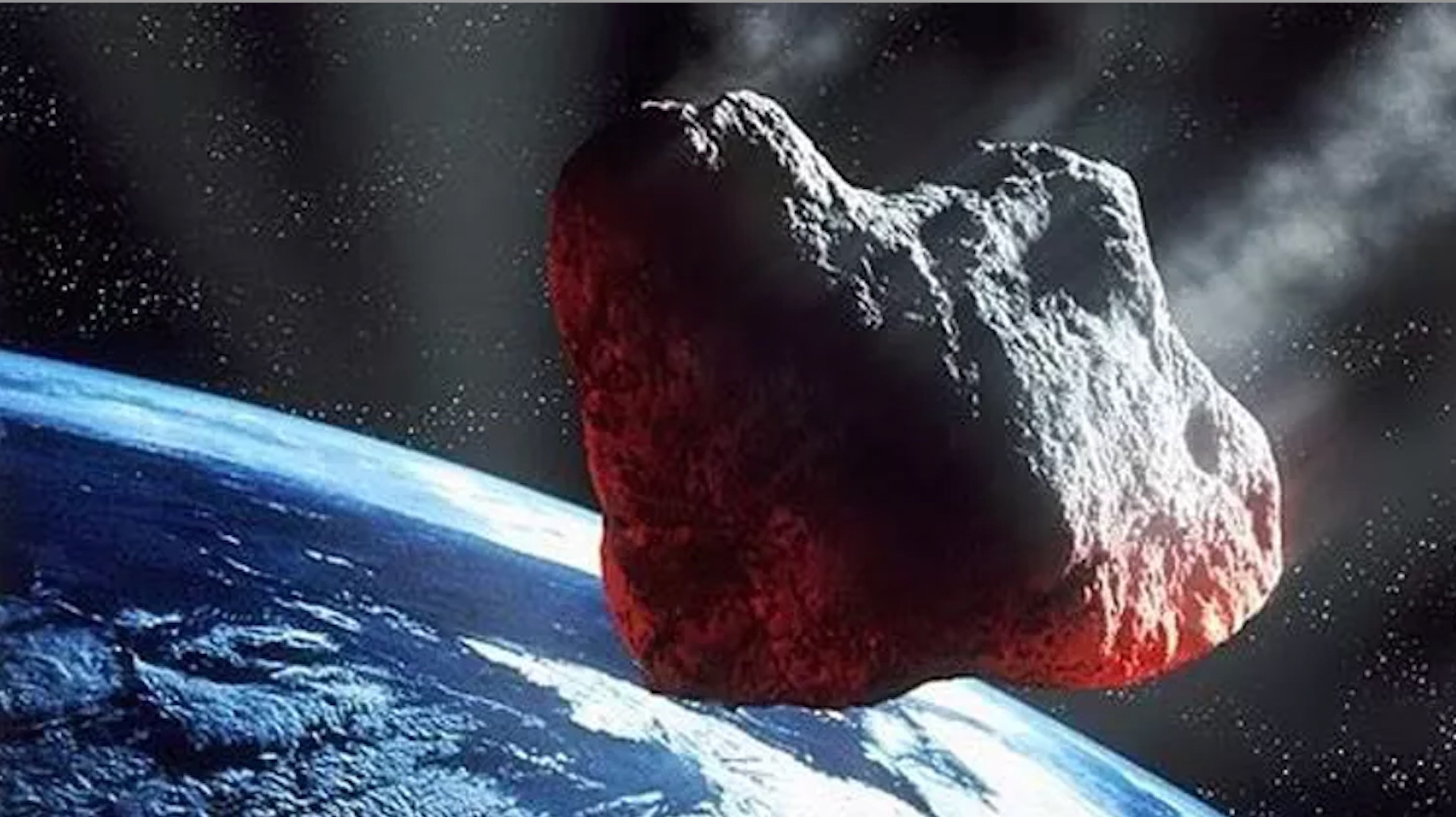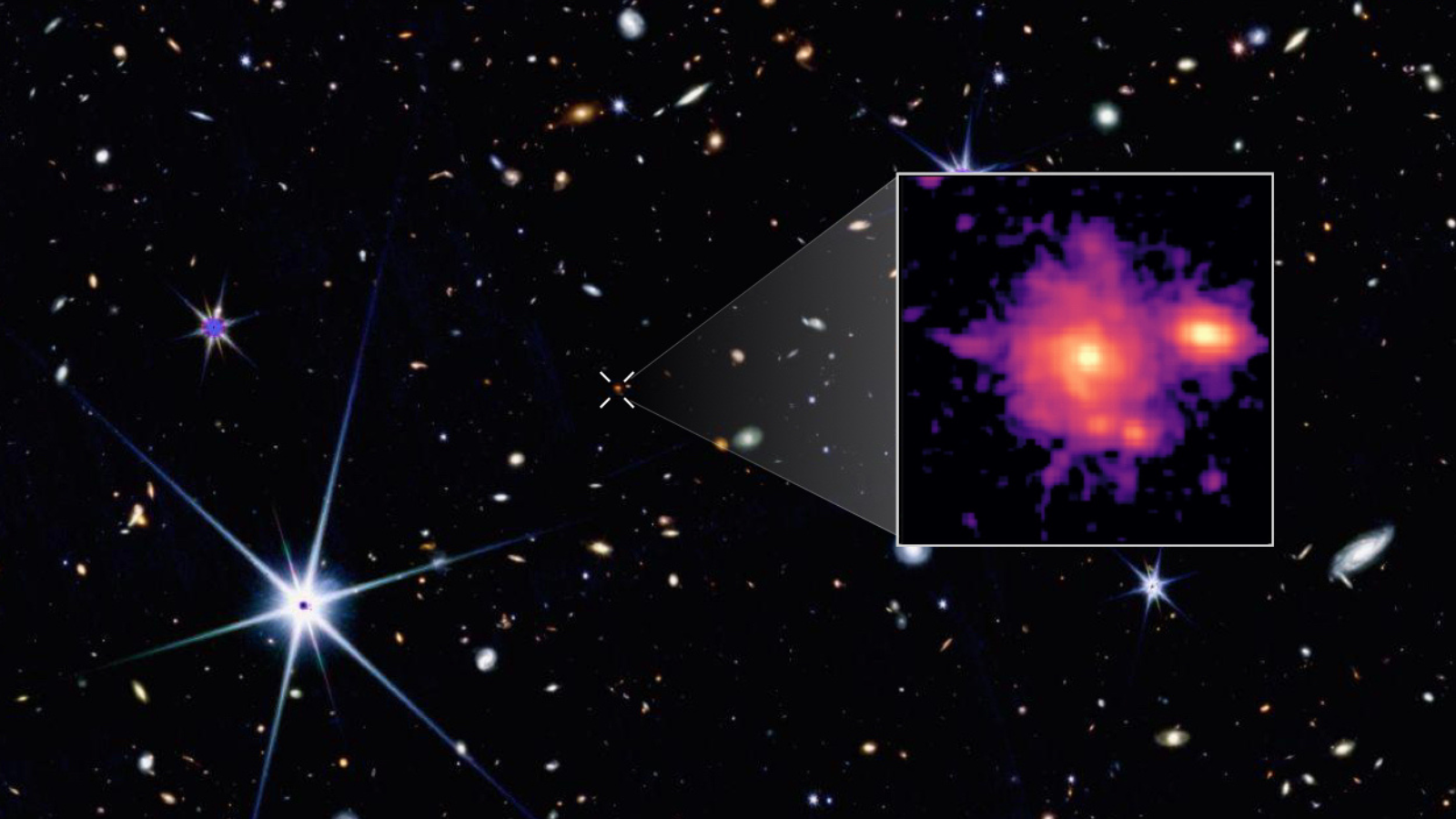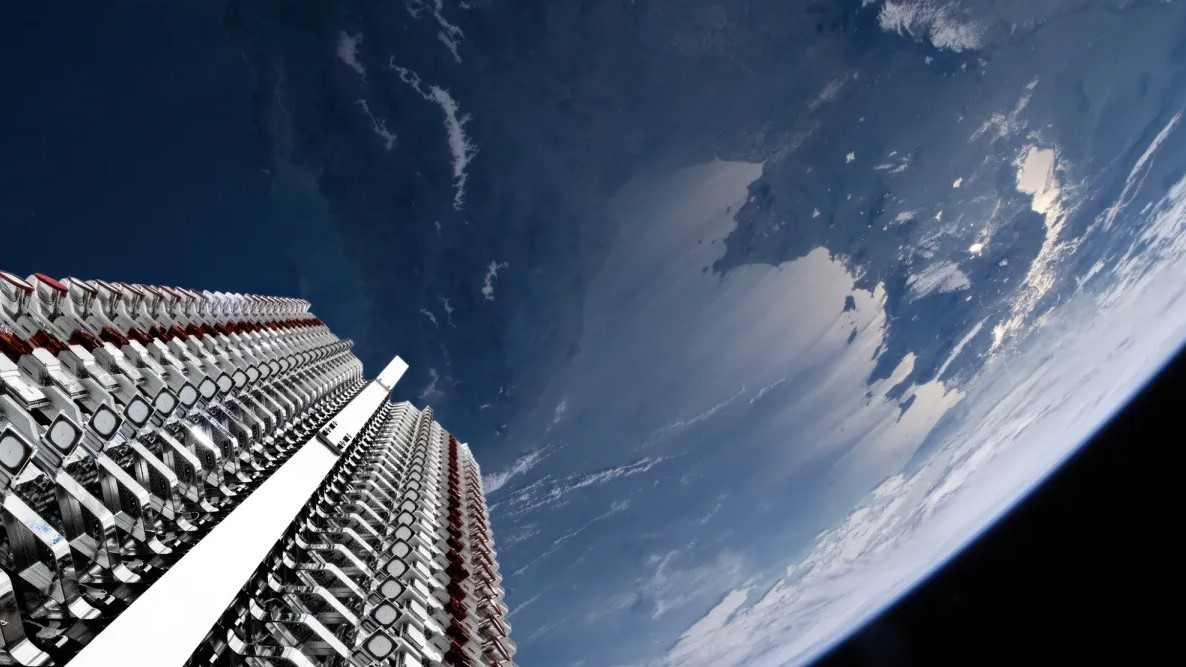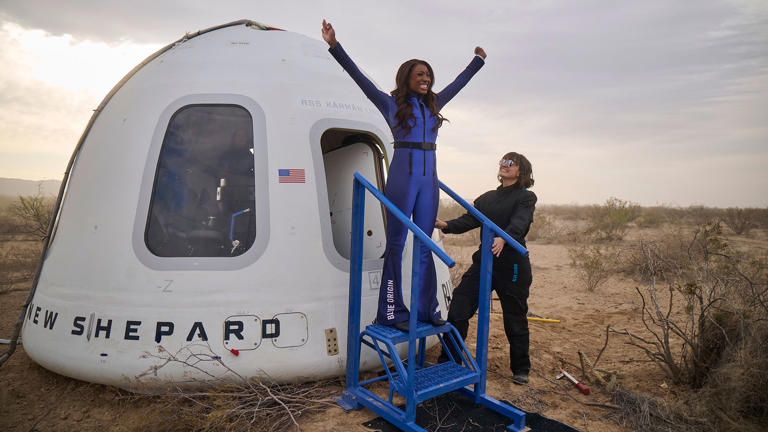Soviet-era cosmonaut Vladimir Aksyonov, who flew into space twice, dies at 89
'His life's path was filled with honest service to the Motherland, creative work and dedication to his chosen cause.'
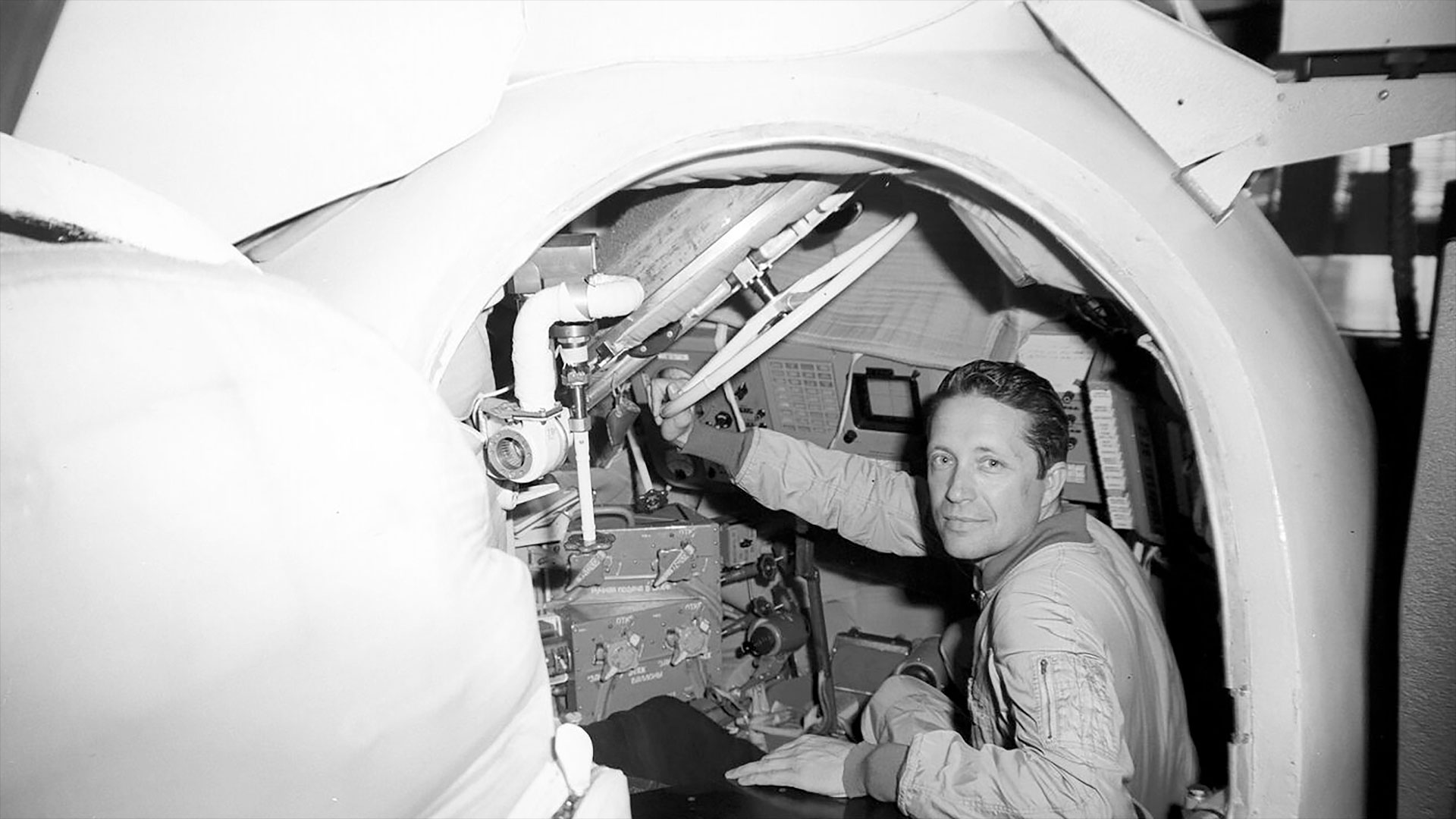
Soviet-era cosmonaut Vladimir Aksyonov, who flew into space twice — once aboard a refurbished spacecraft and then on the first crewed test of a new model — has died at the age of 89.
Aksyonov's death on Tuesday (April 9) was announced by Roscosmos, Russia's federal space corporation.
"On behalf of the Roscosmos state corporation and on my own behalf, I express deep condolences in connection with the death of the twice Hero of the Soviet Union, pilot-cosmonaut of the USSR, lieutenant colonel-reserve engineer Vladimir Viktorovich Aksyonov," said Yury Borisov, director general of the agency. "His life's path was filled with honest service to the Motherland, creative work and dedication to his chosen cause."
Selected to become a cosmonaut with the Soviet Union's fifth group of civilian flight engineers, Aksyonov lifted off on the first of his two spaceflights on board Soyuz 22, a spacecraft that first served as the backup to the Soviet side of the Apollo-Soyuz Test Project (ASTP), the first mission flown with the United States. Instead of being outfitted with a docking collar, the capsule carried a specialized camera.
Related: Apollo-Soyuz Test Project: Russians, Americans meet in space
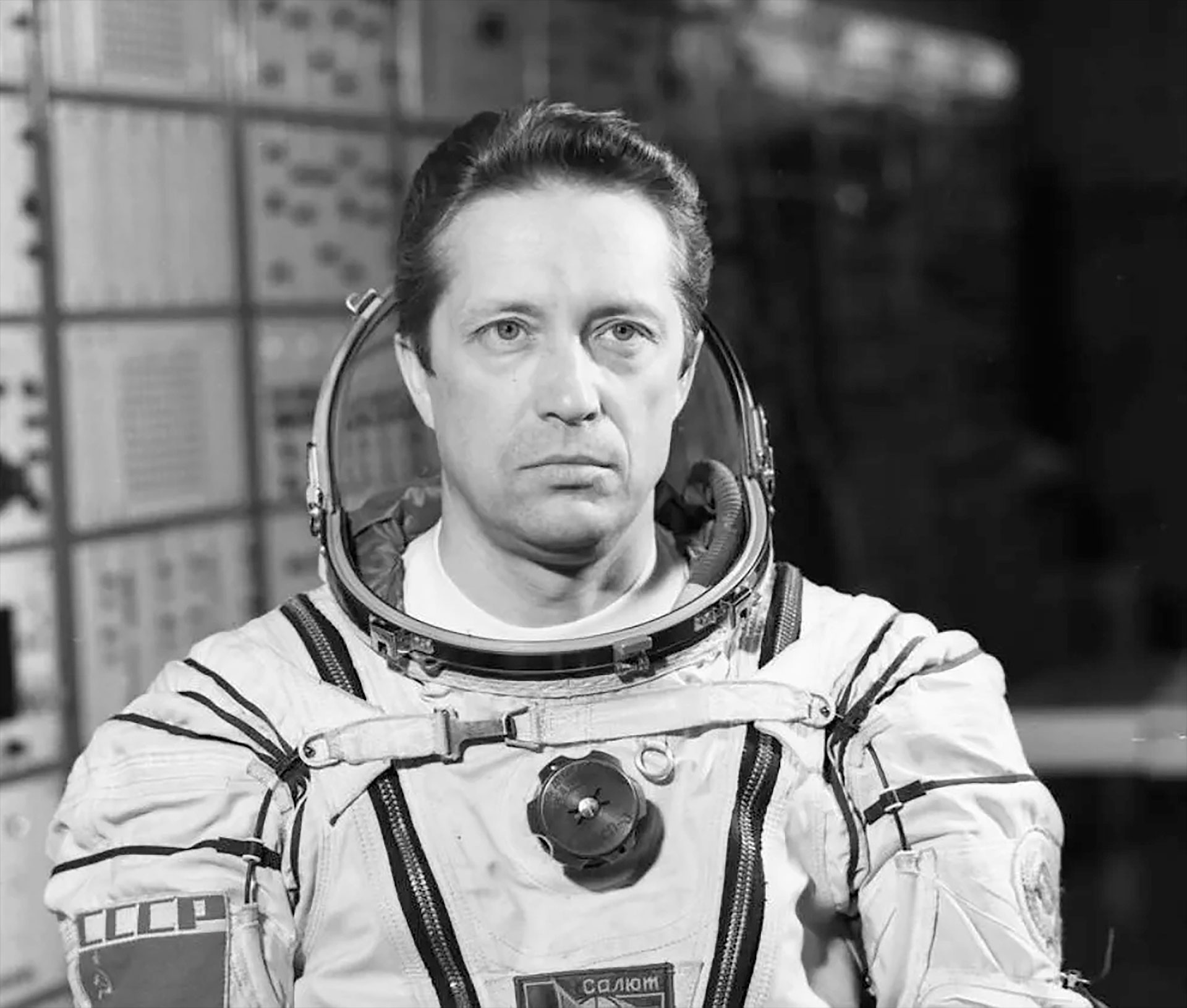
Lifting off with mission commander Valery Bykovsky on Sept. 15, 1976, Aksyonov spent more than a week photographing the planet from orbit. During the Earth-observation mission, Bykovsky and Aksyonov took 2,400 photographs while flying over 30 geographic areas, including Siberia, Kazakstan and Central Asia. Other targets were areas within the Soviet Union that, according to contemporary media reports, had not been photographed from space before.
Bykovsky and Aksyonov also observed fish swimming in an onboard aquarium, grew plants in an centrifuge and monitored the effects of cosmic rays on their vision, a concern first raised by the United States after Apollo astronauts shared their experiences flying to and from the moon.
On Sept. 23, eight days after launching on his first mission, Aksyonov landed with Bykovsky on the steppe of Kazakhstan.
Aksyonov's next flight came four years later. Soyuz T-2 was the 12th mission to the Soviet Salyut 6 space station and the 10th to successfully dock at the orbiting outpost.
Although he was the more experienced cosmonaut, Aksyonov again flew as a flight engineer, this time paired with first-time flier and commander Yuri Malyshev. The nearly four-day mission lifted off on June 5, 1980, and spent only two days at the station, where Malyshev and Aksyonov visited with the Salyut's resident crew of Leonid Popov and Valery Ryumin.
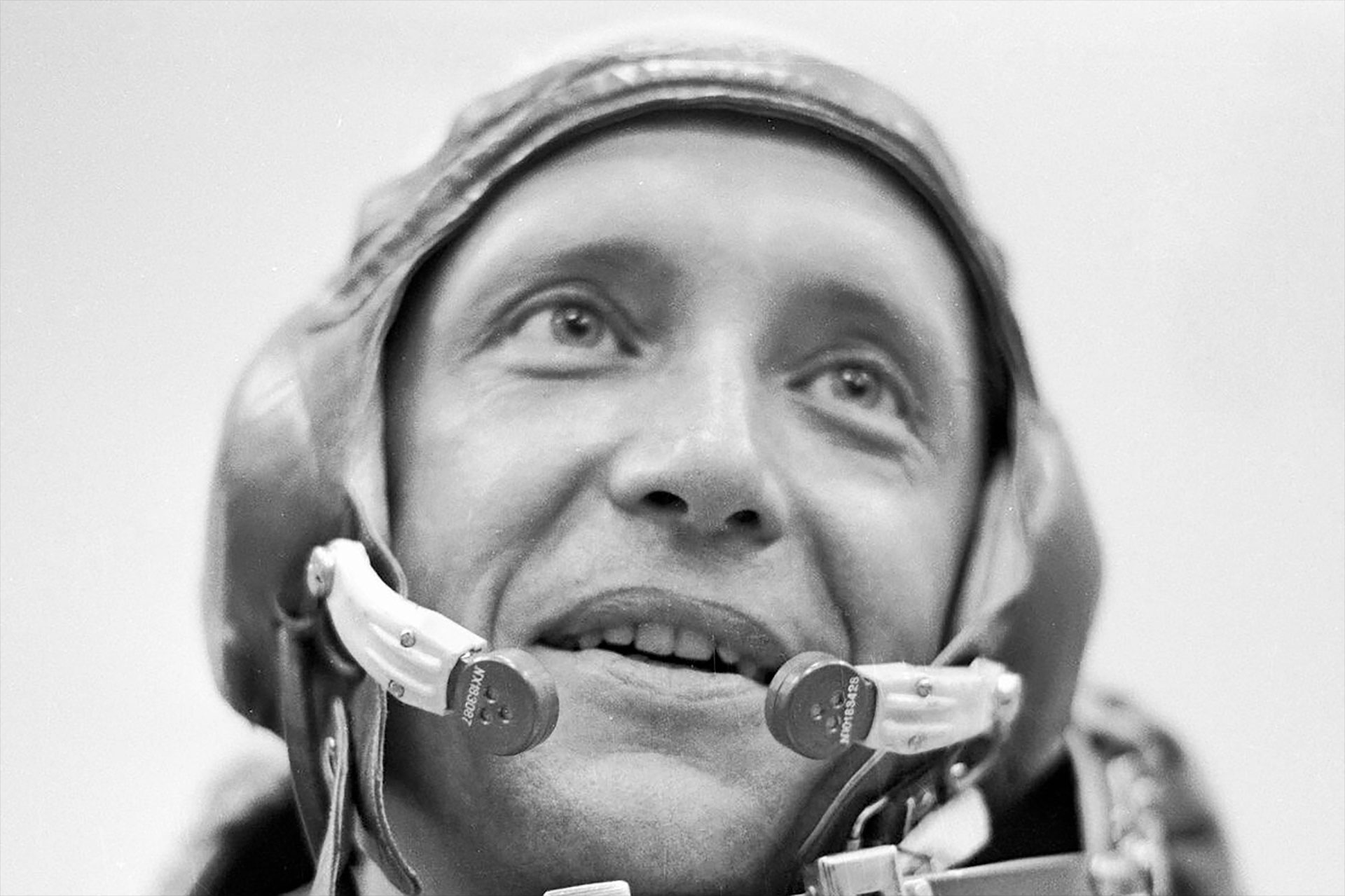
The remainder of the flight — before and after linking up with Salyut 6 — served as a shakeout cruise for the Soyuz T-class spacecraft, which sported an upgraded computer, solid state electronics and the return of solar arrays to enable longer-duration flights. Malyshev and Aksyonov were the first to fly the Soyuz T, after an uncrewed test flight.
The two returned to Earth on June 9, 1980, marking the last time Aksyonov was aboard a spacecraft. He logged a total of 11 days, 20 hours and 11 minutes in space over the course of his two missions and 189 revolutions around the planet.
Vladimir Viktorovich Aksyonov was born on Feb. 1, 1935, in Giblitsy, within the Kasimovsky District of the former Soviet Union. He graduated from the Mytishchi Engineering College in 1953, the 10th Military Aviation School for Primary Pilot Training 1955 and All-Union Correspondence Polytechnic Institute with a degree in mechanical engineering in 1963.
In 1962, Aksyonov began working for OKB-1 (today, RSC Energia), where he test-flew aircraft and conducted simulations in zero gravity. In 1966, the Soviet government decided that civilians (and former military personnel) could become crew members on Soyuz spaceflights, which is what led to Aksyonov joining the cosmonaut corps.
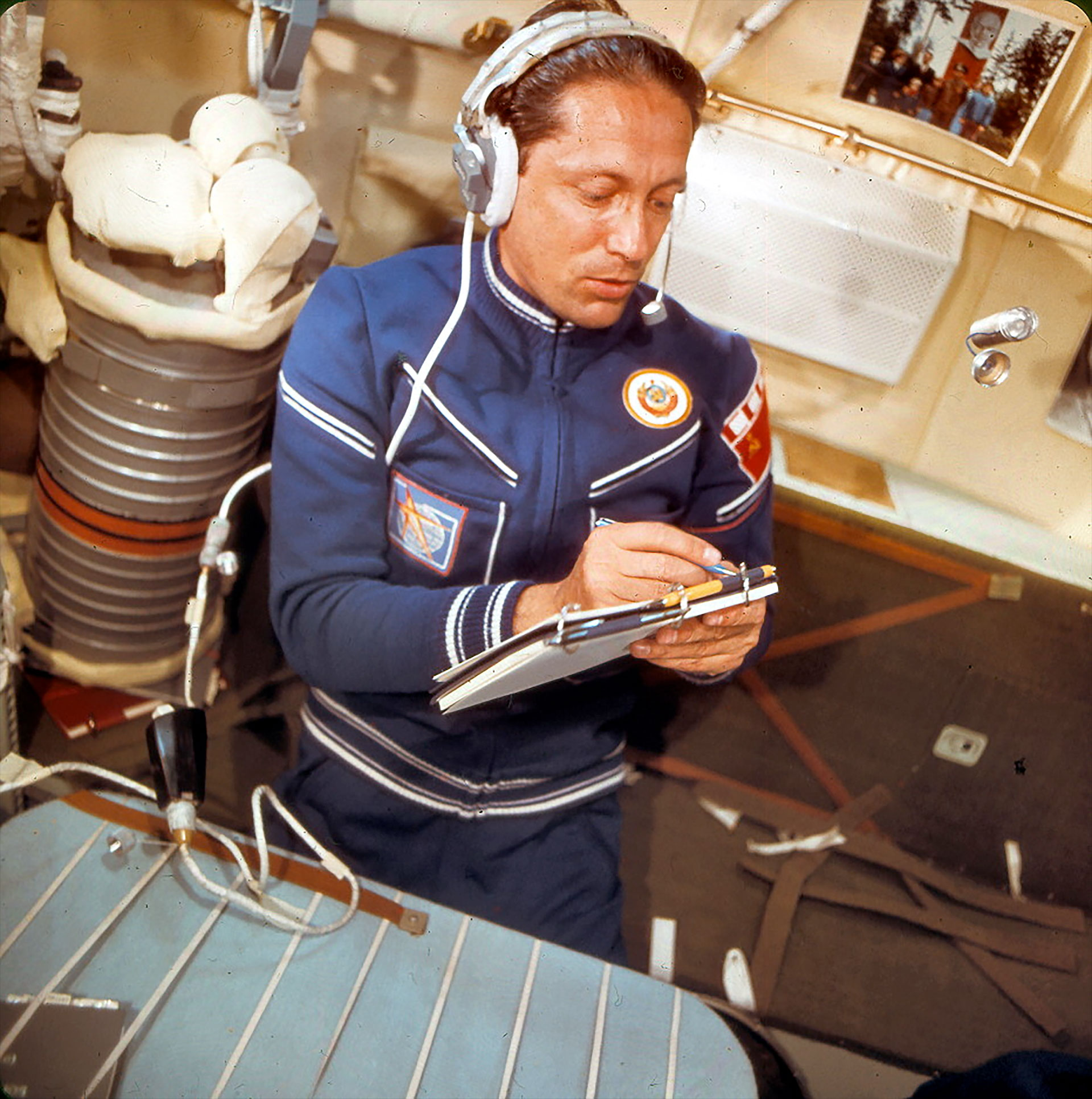
Aksyonov retired from the corps on Oct. 17, 1988, and became the director of the State Research Center for the Study of Natural Resources of the State Hydrometeorological Service. He then worked as the general director of NPO Planeta, before serving as deputy chairman of the executive committee of the Cosmos Association.
Aksyonov also served in leadership roles for the Soviet Peace Fund, the public organization "Spiritual Movement of Russia" and the Institute for Security and Sustainable Development of Science Foundation.
For his service to the space program, Aksyonov was twice named Hero of the Soviet Union and was bestowed with two Orders of Lenin, a medal "For Merit in Space Exploration" and the title Pilot-Cosmonaut of the USSR, among his other honors.
Aksyonov was married to Marina Fyodorova, and together they had two children, Valeri and Sergei.
"He will remain in our memory as an honest, hardworking, fair and sincere man," said Borisov. "The good memory of Vladimir Viktorovich Aksenov will forever remain in our hearts, and his life will be a worthy example for future generations of space explorers."
Follow collectSPACE.com on Facebook and on Twitter at @collectSPACE. Copyright 2024 collectSPACE.com. All rights reserved.
Get the Space.com Newsletter
Breaking space news, the latest updates on rocket launches, skywatching events and more!
Join our Space Forums to keep talking space on the latest missions, night sky and more! And if you have a news tip, correction or comment, let us know at: community@space.com.

Robert Pearlman is a space historian, journalist and the founder and editor of collectSPACE.com, a daily news publication and community devoted to space history with a particular focus on how and where space exploration intersects with pop culture. Pearlman is also a contributing writer for Space.com and co-author of "Space Stations: The Art, Science, and Reality of Working in Space” published by Smithsonian Books in 2018.In 2009, he was inducted into the U.S. Space Camp Hall of Fame in Huntsville, Alabama. In 2021, he was honored by the American Astronautical Society with the Ordway Award for Sustained Excellence in Spaceflight History. In 2023, the National Space Club Florida Committee recognized Pearlman with the Kolcum News and Communications Award for excellence in telling the space story along the Space Coast and throughout the world.

